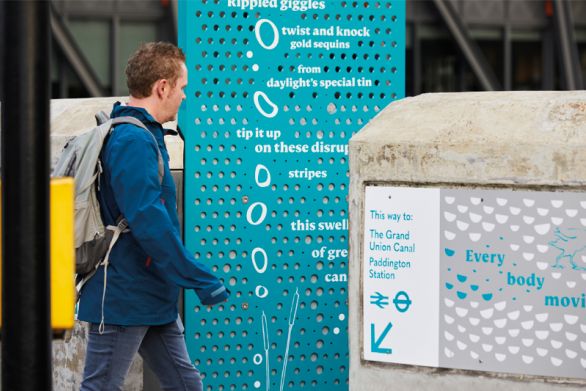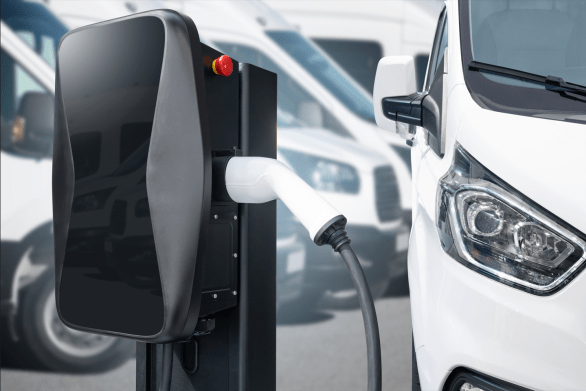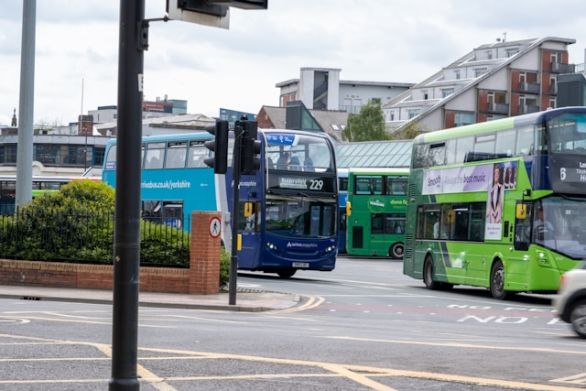With ongoing rail harmonisation across Europe, we see the influence of each country having an impact on others, but one common aspect has, with a few exceptions, failed to make an impact in Britain, namely articulated trains. This technical white paper examines some of the presumed barriers that have prevented its wide scale introduction including ride quality, maintenance and spares, traction, platform gaps, and interior comfort, and argues the case for its use.
Going back to basics, articulation is the means by which two carriages share a single bogie between them. The few UK uses of articulation include the Manchester Metrolink T-68 trams, the Tyne and Wear Metro units, many of Sir Nigel Gresley’s carriages, the Advanced Passenger Train (APT) project, and the Eurostar Class 373s. In Europe, the Alstom TGV has consistently used shared bogies, and articulated multiple units are common in many countries.
The full paper compares the axle loading of various British multiple units with existing European articulated stock, demonstrating that the loadings are in fact similar. It shows that the suspension arrangements employed on articulated units tend to provide better alignment and resulting ride qualities, while the inconveniences of splitting a fixed formation unit for maintenance has since been mitigated by techniques already used in the UK, while reducing spares holdings. Additionally, modern articulated trains can be fitted with traction motors on the bogies, and the current speed world record was set by such a train.
Another benefit of articulated rolling stock is the reduction of platform gaps, and increased levels of passenger comfort due to having a bodyshell that maximises the loading gauge restrictions. The full paper compares the platform gaps between different stock including a UK articulated concept vehicle at Newcastle upon Tyne station, clearly demonstrating that an articulated vehicle would significantly help to improve the platform gap and could result in a vehicle as wide as 2.90 m, subject to gauging clearance, (20 cm wider than the new IEP trains, which are narrow to cope with their 26 m length) while still remaining within the UK C1 loading gauge, additionally providing a more spacious interior, while the shorter vehicles provide more compartmentalisation, reducing the disturbance of an antisocial passenger.
Ian Walmsley’s Pacer replacement article , includes the statement “But sadly articulation in the UK just isn’t worth doing”. I think this should read “Articulation of two car sets to replace Pacers just isn’t worth doing”. As trains get longer, so the case for articulation gets stronger. The benefits have been recognised globally. On our small curvy railway, needing to accommodate the demands of our society, articulation solves many of the issues. The question should not be if we will see a native UK fleet of articulated trains, but when.
To read more you can download the full technical paper here.











